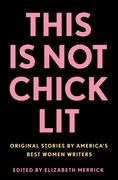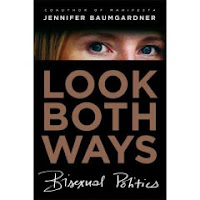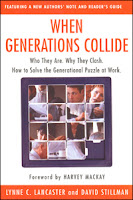

I just got back from the National Council for Research on Women’s 25th anniversary conference at Spelman, in Atlanta. Very historically rich feeling to be on that particular campus–and to hear directly from Moya Bailey, one of the Spelman students behind the Nelly protests. The conference was deliciously rich too. I had big fun unfurling the “Milestones in Women’s Research” banner I’d been working on with NCRW, and giving a workshop on translating research for trade. To balance things out a bit, I went to see Knocked Up last night with my beau. Since I haven’t had time for a real post since coming back, I’m vicariously offering up the following tidbits in the interim:
The New York Times has a piece today on new shows including The Starter Wife by Alessandra Stanley, who has an interesting observation on female bonding/fighting:
The fact that nowadays women are allowed to like one another, even at the expense of men, is at the core of ladies-night hits like “Grey’s Anatomy.†So atavistic series like “The Bachelor†and “Desperate Housewives†that play down female camaraderie and instead showcase hissy fits and catfights have a naughty, contrarian tang.
Let’s hear it for the death of hissy. Bonding is in!
Over on HuffPo Courtney Martin serves up some intergenerational wisdom in her
review of Hannah Seligson’s new book, New Girl on the Job: Advice from the Trenches, which, says Courtney, “speaks directly to this disappointed generation of highly ambitious and more than slightly unrealistic women” aka Gen Y:
The New Girl on the Job uncovers the new American Dream. It’s not the perfect house, the white picket fence, and the 2.5 kids — it is fulfilling work and respect. We don’t just want to make a good living and put food on the table anymore, we want to be professional creatives, entrepreneurs, inventors, visionaries, and influentials. Sure it is a tall order. Sure we’re a little entitled. But isn’t this what you raised us to believe was possible?
Seligson sees the intergenerational rifts and addresses them very matter-of-factly: “You shouldn’t fear that the arrival of a new girl will undermine your position, or write off the older women you work with as out of touch. There is room for all of us.”
Yes and yes.
And many thanks to Veronica Arreola at the Women in Science and Engineering Program at the University of Illinois-Chicago for calling my attention to CNN’s latest bit on GGW and porn that includes an uncharacteristically nice little bow (sort of) to the Suicide Girls.
More tomorrow for reals, promise!






